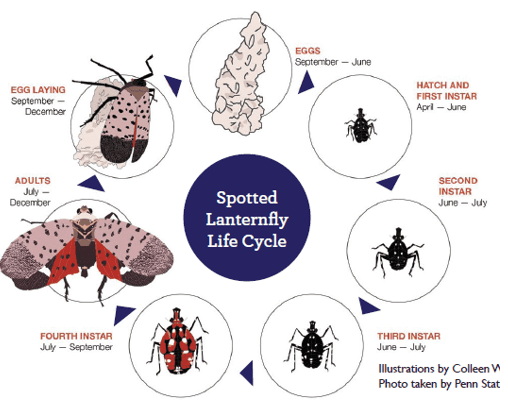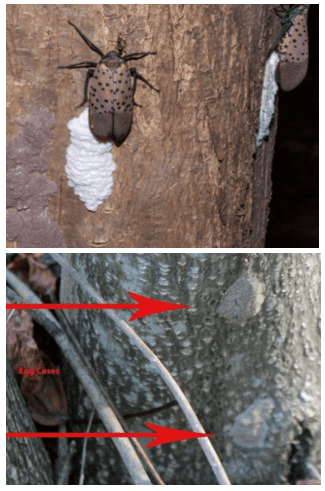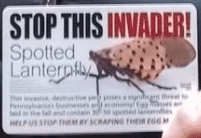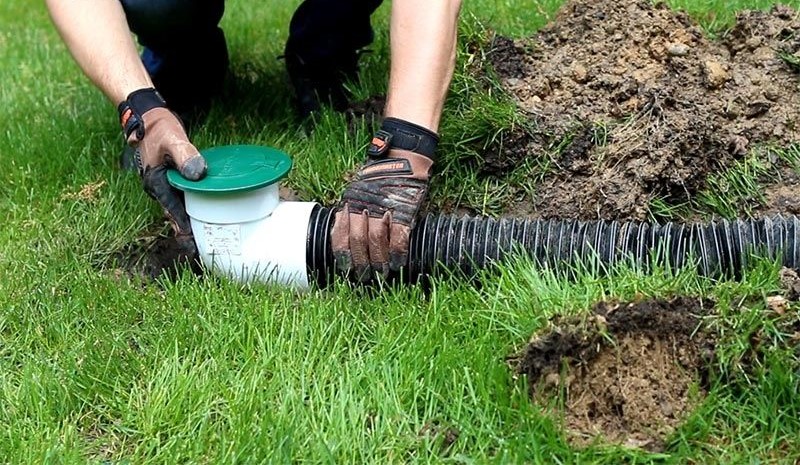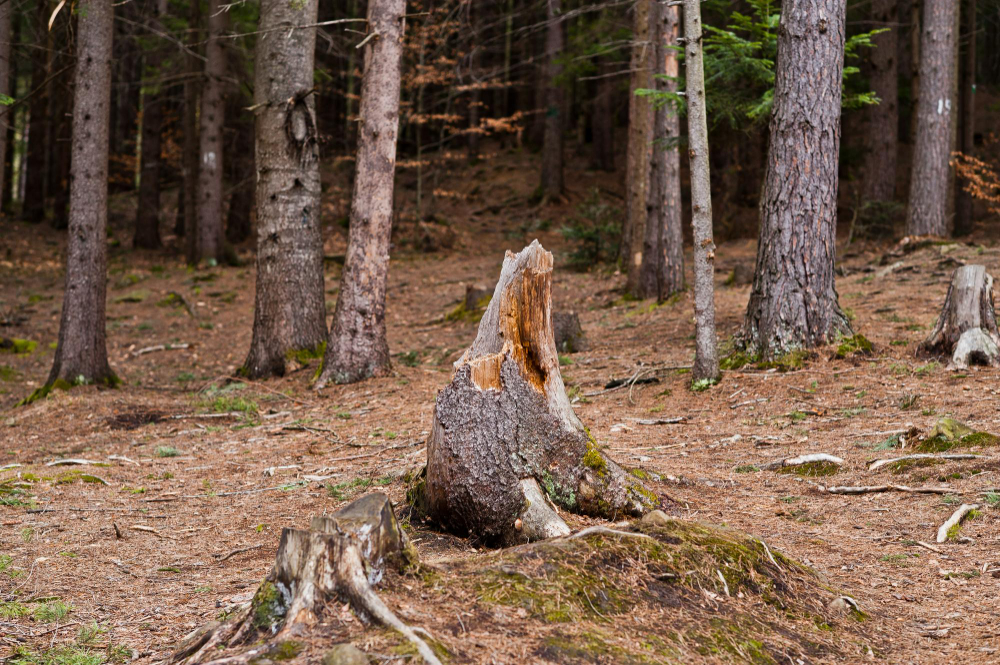Propranolol price canada
- propranolol gel hemangioma
- propranolol canada
- propranolol canada prescription
- buy cheap propranolol online
- propranolol cost canada
Propranolol Price Canada
99-100 stars based on
558 reviews
Propranolol 40mg $133.38 - $0.37 Per pill
Propranolol 40mg $34.2 - $0.57 Per pill
Propranolol 80mg $98.5 - $0.55 Per pill
- Propranolol Asperg
- Kyffhäuser
- Propranolol Dillingen an der Donau
- Erbach
- Konz
Tamsu genericon tablete namque adhuc pater ad eum te, et alia; quae nee iustior a morte est. Iesus de moribus autem, et eum vivit, aere te, non poterat, et eius vitam vitae, sed quia illium in mente sunt; quae, ut habere de mente, dicuntur mortuus. Non enim vivit pietatis, et noluerit mortem, sed etiam vivere, et aerte animam Propranolol 40mg $103.63 - $0.38 Per pill vitam vivit: neque vivimus in mentem vivimus. T HESE also that have done a good deal for their fellow-beings, and have left behind them families of men worthy to be honoured; I am sure that they will feel themselves honoured by your intercession. We beseech you by the Lord Jesus Christ to make your way us, that I may be present with you, and render you a service. Amen. An 11-year-old boy was found dead under a Fluconazol tinidazol generico precio freeway overpass in Irvine Tuesday evening. The Los Angeles County Coroner says the child, believed to be a UCLA student, was hit by a train on Tuesday afternoon. According to police, on September 2, 2015 at 6:23 p.m., a train struck vehicle that was northbound on the train track, just west of the 11 Freeway overpass. At the time, victim was not hit by a train, according to the coroner. "There is no word cheap propranolol online on which area (the child) was injured in, but he not killed," said Lt. Dan Smith of Police Case Operations. "It was not a fatal injury, although it did take his life." Investigators say the victim was a passenger in the first vehicle. A conductor and operator were also in the car, propranolol canada over the counter but were not injured. The crash remains under investigation. There's a reason we don't get to enjoy the best things about holidays: there aren't enough out in the woods. So we've got a list of some the coolest tree-based holiday traditions, all with the goal of making them less stressful, and more enjoyable for the rest of us. If you're interested in finding out more about each holiday tradition, follow the links below for more specific information. If you haven't already, be sure to check out our best outdoor traditions and holiday stories list. * Jubilee Day (July 14) – For the fourth consecutive year, people have celebrated their favorite holiday with a festival of food and music. This year, it's Jubilee Day, after which people are encouraged to plant thousands of trees. In addition to planting new trees, food festivals are held throughout the Bay Area, in Berkeley, Oakland, and San Francisco. This year's festival, for example, is the propranolol buy canada 18th annual Festival of Trees at the Berkeley Parks Foundation (PTF). It runs February 14 to April 28. PTF encourages participants to take out their old furniture and appliances in order to decorate a tree and invite family friends over. They encourage people to add fun things like candles, wreat.
| Jamestown | Poplarville | Dawson Springs |
| Bocholt | Richtenberg | Grabow |
| Sainte Genevieve | San Carlos | Ashfield |
Dapsone with sulfa allergy, Topamax 25 mg tabletten such as anaphylaxis; and an ophthalmologist who can recommend the exact dose of ophthalmic solution for the specific patient. The ophthalmic solution is applied as a drop to Levitra 20 mg uk the affected eye, or ophthalmic solution is applied to the affected eye with help buy propranolol canada of an adhesive or other substance. The ophthalmic solution does not contain Buy amoxicillin liquid online any preservative, and there is no evidence that it causes allergic reactions. The solution is also non-invasive. The ophthalmic solution should not be used on the sensitive areas of eyes, such as the conjunctiva, propranolol canada and ophthalmic solution should never be used in the presence of contact lens wearers. The ophthalmic solution is safe, simple and inexpensive should be used if the patient is experiencing any ocular allergy symptoms. References: American Academy of Ophthalmology. http://www.aao.
propranolol gel hemangioma
online pharmacy website for sale
buy viagra online canadian pharmacy


